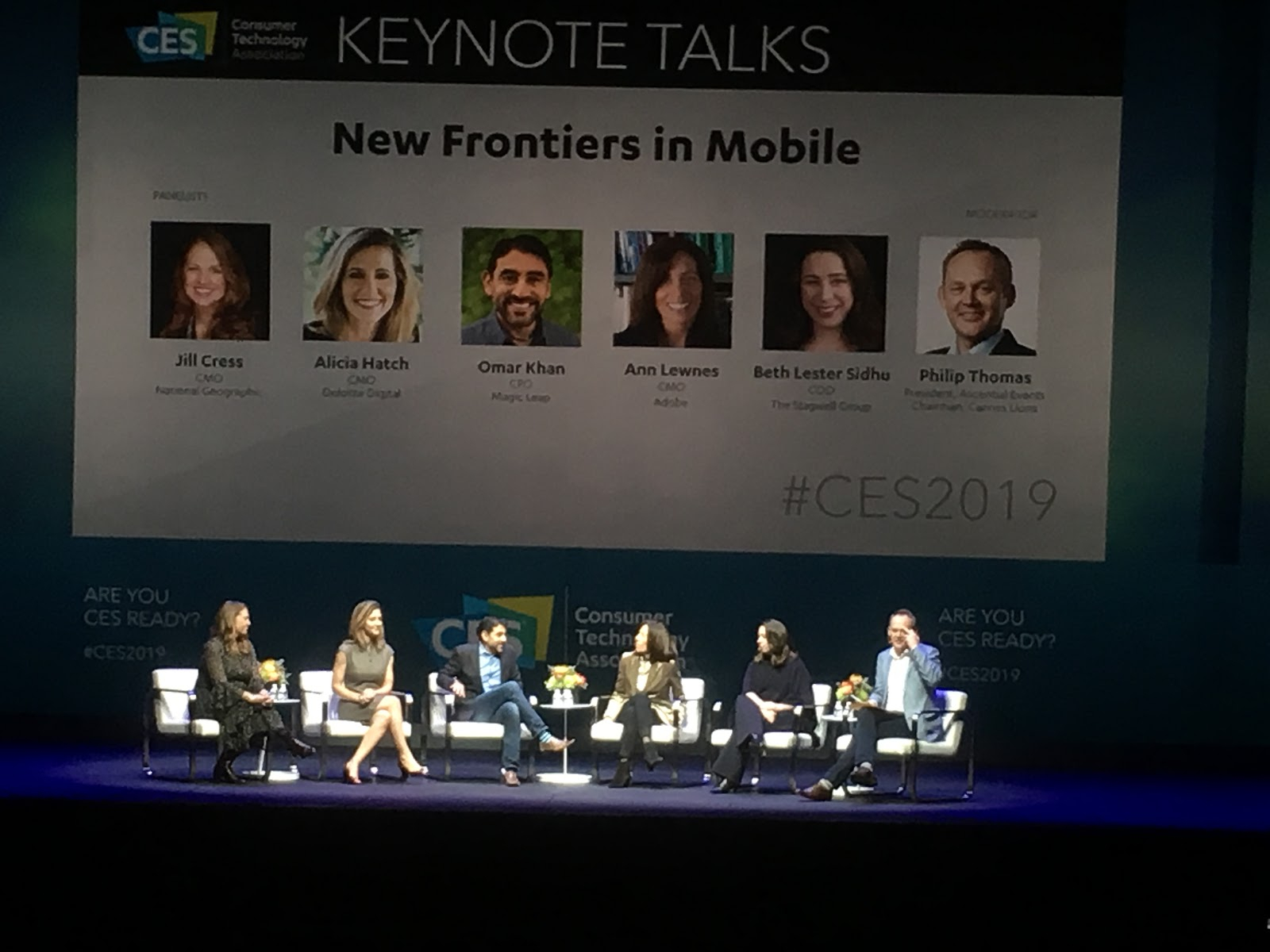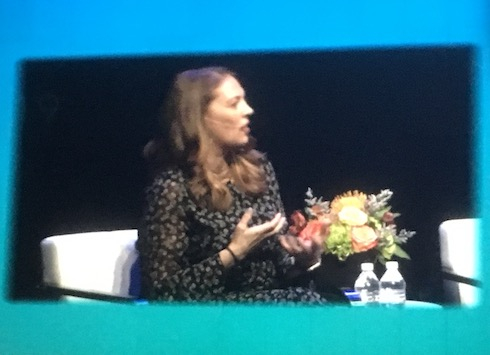If there was one message to take away from Wednesday’s New Frontiers in Mobile panel held at the Park Theater, it was “5G is real, it’s coming, but it’s not here yet.” Truth be told, a similar message seems to be emanating from about every corner of this year’s Consumer Electronics Show in Las Vegas, Nevada. Without a doubt, 5G has been the talk of Strip this week as network providers begin to detail plans for how they’ll be rolling out the next generation of wireless connectivity while marketers, content creators, and those from a broad spectrum of verticals share how they intend to implement the emerging technology. Among those sharing their company’s plans for 5G today was Jill Cress, Chief Marketing and Communications Officer for National Geographic.
Asked by panel moderator Philip Thomas about how Nat Geo was thinking about the possibilities and promise of 5G, Cress first detailed the company’s tradition of embracing new tech, saying “National Geographic has a 130 year legacy in visual storytelling and I think our ability to create an incredible signal through the noise over all of those years has very much been a result of leaning into what’s been next with technology.” According to Cress, this early-adopter status could be seen in things we take for granted today, noting, “Going back to the early 1900s when we augmented our scientific journal with photography, it was leaning into what was next and it was actually a big, bold move.”
Fast forwarding to today, Cress pointed to a 360-degree virtual reality experience the company created to promote their recent documentary film Free Solo. While such an immersive experience is obviously achievable today, she went on to explain that 5G would help with scaling the release of such offerings, allowing them to reach more people. The other major opportunity of 5G lies in personalization. Cress explained, “[W]ith the immense connectivity that will present itself and the ability to actually collect and harness that data … will allow us to continue to connect with our audience in a way that will continue to help us maintain our relevancy with that audience.”
While this panel discussion was preceded by a discussion with AT&T’s John Donovan, Cress couldn’t help mention competitor Verizon in one of her final answers. That’s because yesterday Disney announced it was partnering with Verizon to explore 5G tech at Walt Disney Studio’s StudioLab. “One of the key things that’s going to continue to evolve with 5G, as it has been with all technology, has been the importance of partnerships,” she said. Cress later concluded, “I was really intrigued by the announcement yesterday between Disney and Verizon and I think we’re going to continue to see more of that; how companies with different skill sets are going to come together to deliver optimal experiences.”
For most people, National Geographic might not be the first company you think of in terms of embracing new technologies and pushing their mediums forward. Yet, as they prepare to join The Walt Disney Company — and signing onto its direct-to-consumer vision — Cress makes quite a case for viewing Nat Geo as a forward-thinking operation looking to engage its audience in different and interesting ways. If today’s panel is correct, 5G connectivity will help make that possible along with so much more.


